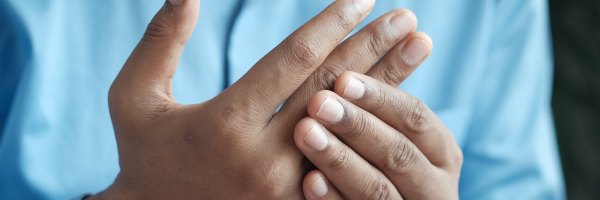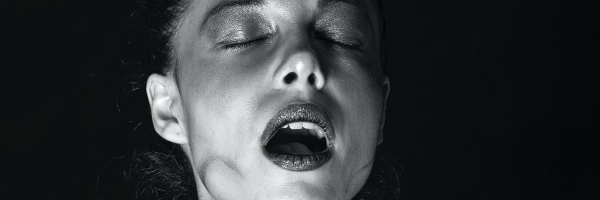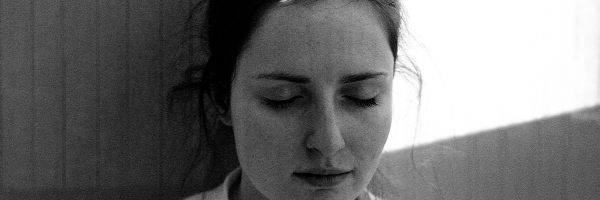Body language is a form of nonverbal communication. It is the expression of emotions through physical gestures. It can be either conscious or unconscious. Body language can be understood by people reading it, but not always consciously.
A person’s body language says a lot about them, and when someone is expressing guilt in their body language it can be difficult to miss because there are many signals that are being given off in the process. These signals vary from person to person, but here are some common ones for signs of guilt in someone’s body language.
- Crossing arms.
- Rubbing the hands together
- Hanging of the head
- Not making direct eye contact
- Higher then normal tone in the voice
- Feet pointing away from you or toward an exit.
- Shift of breathing.
- Increase blink rate.
- Pulling Clothing To Ventilate
We have to take into consideration when reading someone the above nonverbal cues could be related to the scrutiny or pressure you are putting them under as they feel uncomfortable.
To get an accurate read on someone’s body language, you first need to read their baseline, then take into consideration the context of the conversation and environment. When reading someone’s nonverbal cues, there are no absolutes. One piece of body language can shift or change, but it cannot give us an answer. In order to make an accurate assessment of a given situation, it is necessary to take into account more than one aspect of it. Please review our article on reading people and how to baseline someone before you make any presumptions about the situation you find yourself in.
Crossing The Arms

Depending on the context of the situation, crossing one’s arms can be seen as a defensive or protective gesture. When you see arms cross over the chest, sometimes known as the self-hug, this person is subconsciously trying to shield their chest and belly. This is usually because they feel threatened or insecure.
If we see the arms being crossed, we need to take into account what is going on. Do you see any tension in the arms, the tension in the face or temples, are they rocking from side to side and becoming more stressed out? Can you see more than just crossing the arms? Always remember to keep your eyes wide open when analyzing body language.
Rubbing The Hand Together

When answering a question, pay attention to people who use pacifying gestures like rubbing the hands together this means they are reshoring themselves when they pacify by rubbing the hands together
Those that verbally answer as opposed to those who use their hands as a visual aid were less confident.
Rubbing the hands together can signify a higher degree of concern, doubt, or stress. The level of stress is reflected in how tightly you grip your hands. Blotches on the skin, which are either red or white, indicate a high level of stress.
Hanging of the head

We’ve all been there as little ones when we need to apologize to a parent or someone else who we deem important to us. We would hand our heads in shame as we walked into the room or as they entered. There is no difference here; our body language doesn’t change as we get older. Tilting your head forward and looking down at the floor could indicate shame or guilt. Pay attention to this body language.
Think to yourself what else do I notice about them? What do they have to feel guilty about? Remember that context also plays a part in this, so you need to take that into account. Remember that there are no absolutes in body language.
Not Making Direct Eye Contact

Avoiding eye contact is a strong signal that they’re hiding something. In this case, it’s possible that they have an inner conflict going on and don’t want to talk to you directly as they fear they may spill the beans on a sensitive topic. Having said that, as above, we must read body language correctly in order to get a true understanding of what’s going on with them.
Higher Then Normal Tone In The Voice

The pitch of the voice or change of tone is a good sign that the person is feeling uncomfortable in the moment when they are asked a question. Take note of their voice when you ask a normal question about their life and if you notice the change then this is a good data point. You need to keep a note of all the data points in order to get a true read.
Feet Pointing Away From You Or Toward An Exit

One of the best tells in body language is the feet. We are never really made aware of the significance of our feet as we communicate, so it’s a subconscious action. If someone’s feet are pointing in one direction or another then you know that they want to go that way. If you see the feet shift towards an exit, it means they’re ready to go as soon as possible.
The best way to observe this is by standing in a group and taking note of the group’s conversation. Try to get close to the group and observe their feet.
Shift Of Breathing

Changes in the breathing pattern are often a sign of stress, sadness, anger, or worry. Context is very important when considering this behavior, including age, recent physical exertion, anxiety, or even a heart attack.
Fast, shallow breathing is often an indicator of fear or anxiety. Watch the speed and depth of someone’s breath to determine whether or not they are anxious. Panting or gasping indicates severe stress.
Take note of how the breathe when you first encounter them and see if it shifts. Collecting data points of shifts in behavior is important before we can conclude any guilty body language.
Increase Blink Rate

A normal blink rate is somewhere between nine and twenty times per minute. Noticing a rapid blink rate in a short space of time is a strong indicator of stress or anxiety. This is a good data source, as the person you are having the conversation with won’t notice their blink rate. It’s almost impossible to control. If you can count their blink rate before you start a conversation, then once you have the data you can analyze it during any discussions. We have written a blog on the topic of blink rate that you can check out here.
Pulling Clothing To Ventilate
Have you ever heard the expression “hot under the collar”? That is exactly what it means- the person is feeling stressed or uncomfortable in the moment and needs to ventilate by pulling on the front of a shirt or piece of clothing to let cool air in to cool the body down.
Whether it’s held away from the neck briefly or pulled away repeatedly, this behavior is a stress reliever as much as most ventilating behaviors.
It is a good indicator that something may be wrong. When humans are in a hot environment, actions like ventilating might simply be associated with the heat rather than stress.
But remember that when we feel stressed, our body begins to sweat and the environment also increases in temperature. This happens very quickly, which explains why people often perspire when they’re feeling pressured or tense in meetings.
Summary
There are many body language signs that someone might be guilty. It’s important to remember that we must read any cues in clusters of data that deviate from the baseline of the person.
Above are some of the top nonverbal behaviors of a guilty person. If you see two or three in a short amount of time, you would know that the area you just discussed is of interest and maybe worth probing more.
As with any language, there are no absolutes when it comes to body language. However, it can give us a good indication of whether someone is showing signs of guilt. If you would like to learn more about reading body language, we recommend checking out our blog post here. Thanks again for taking the time to learn more with us.

